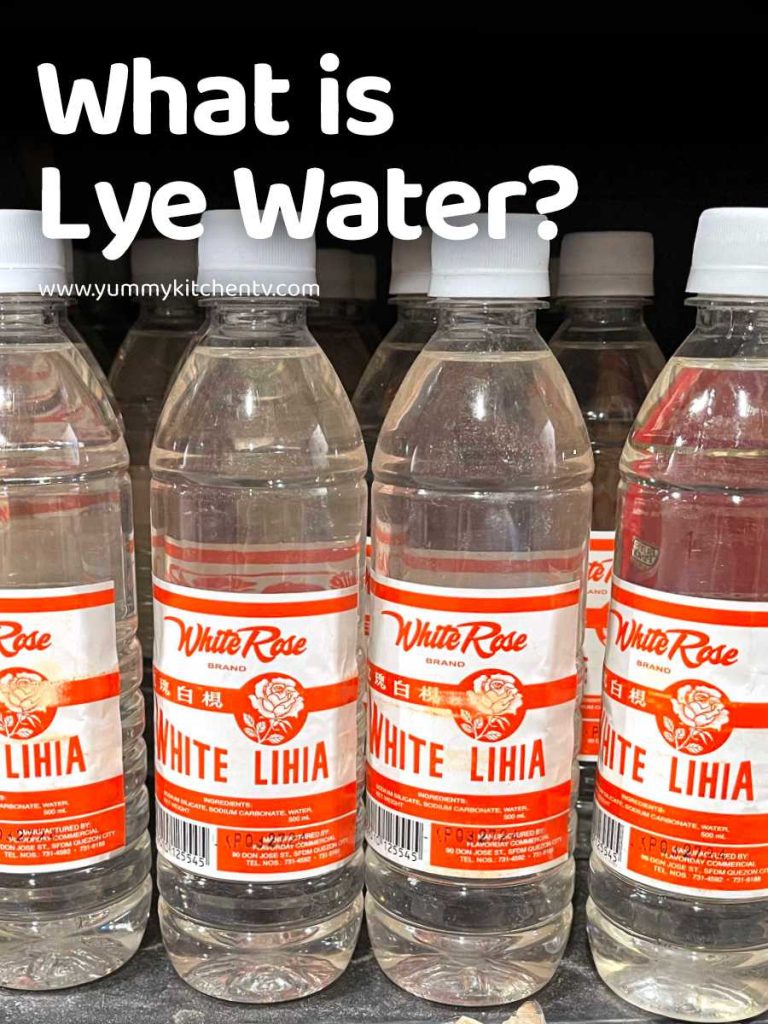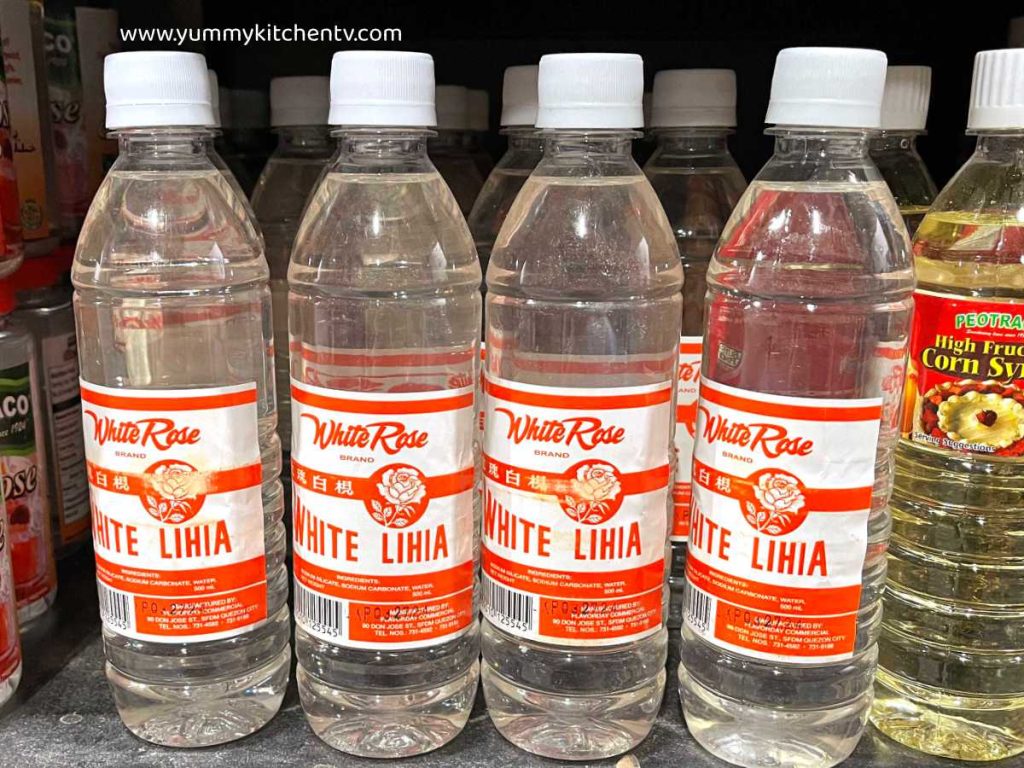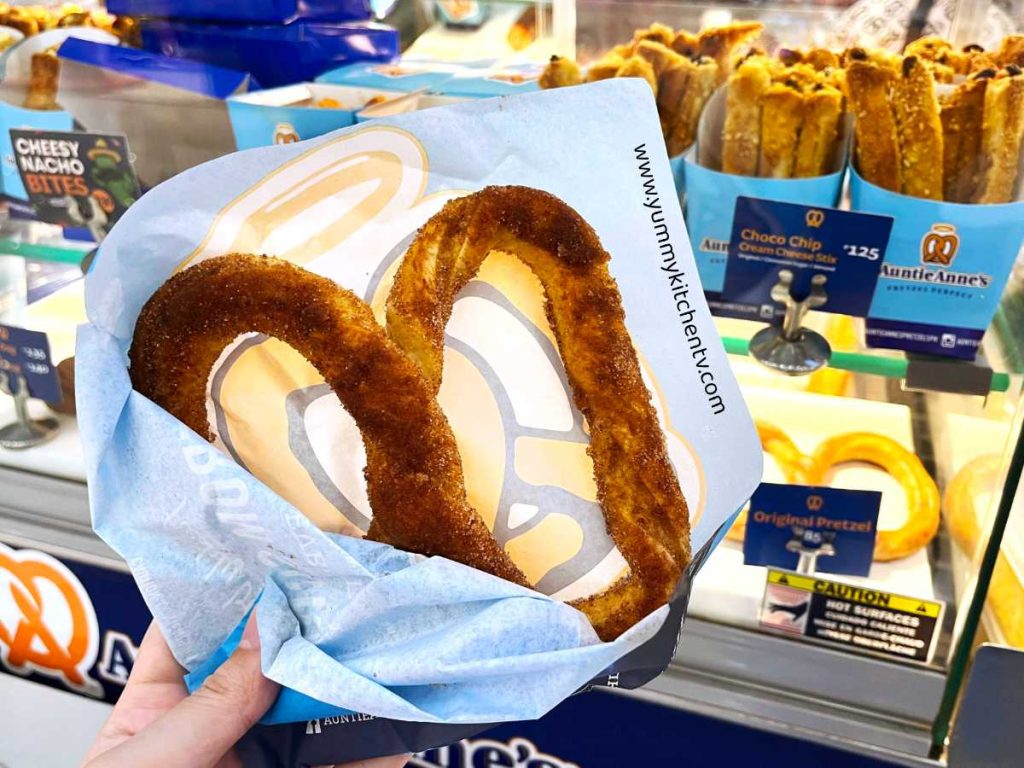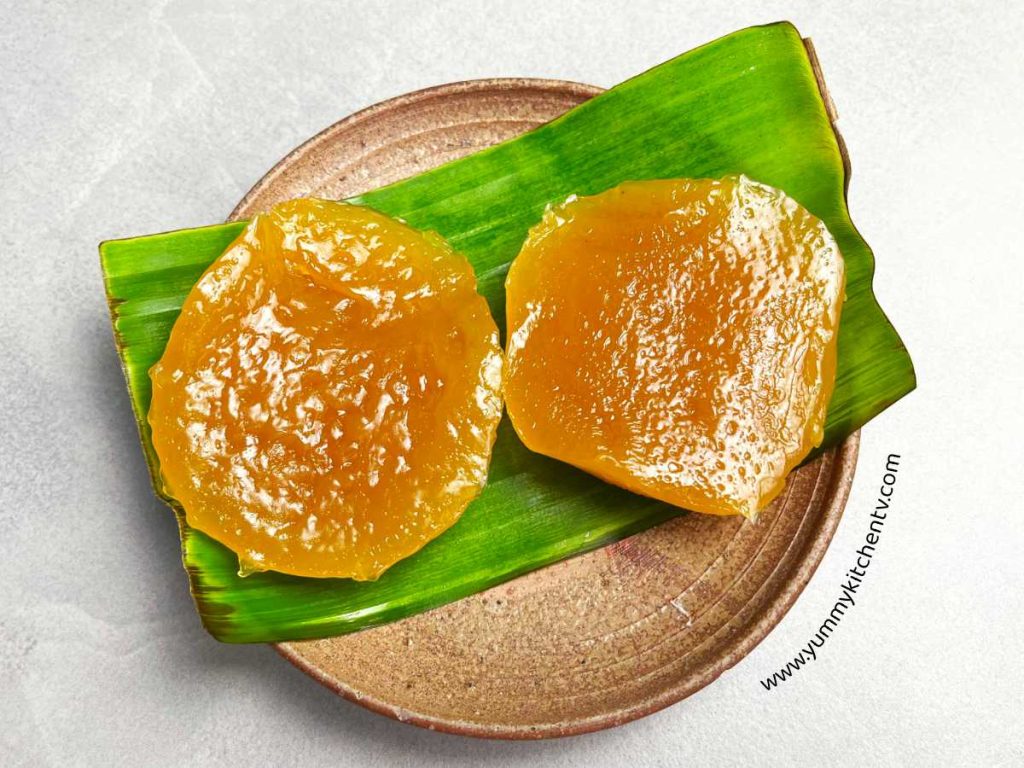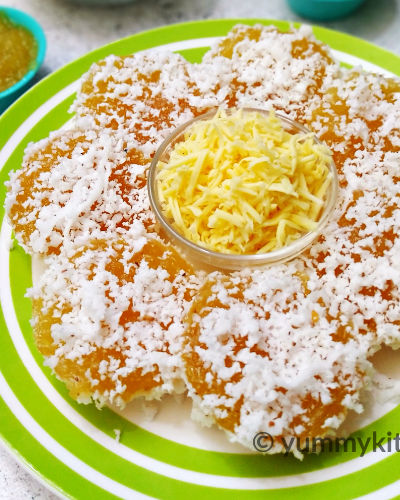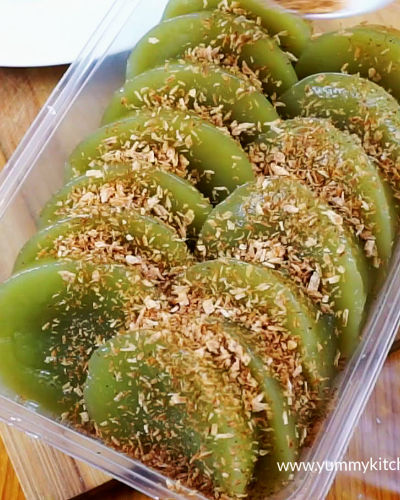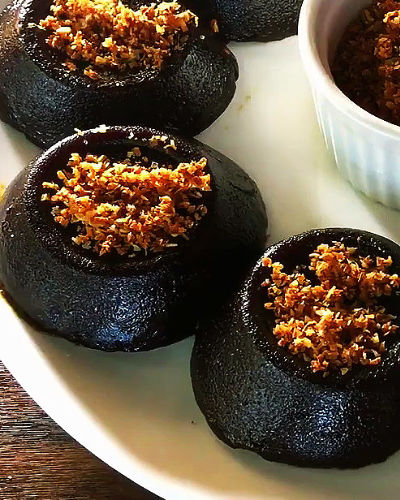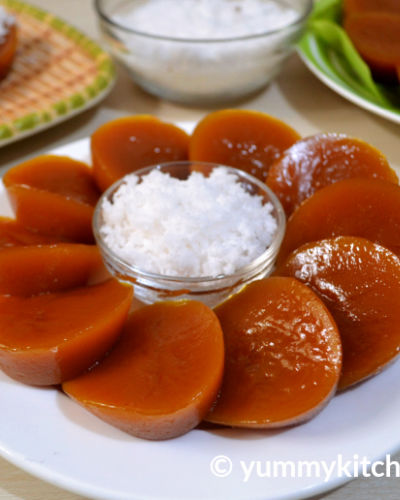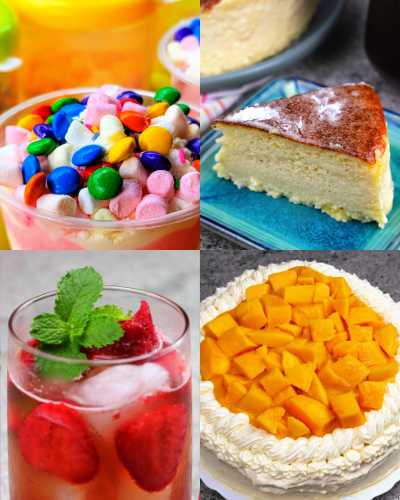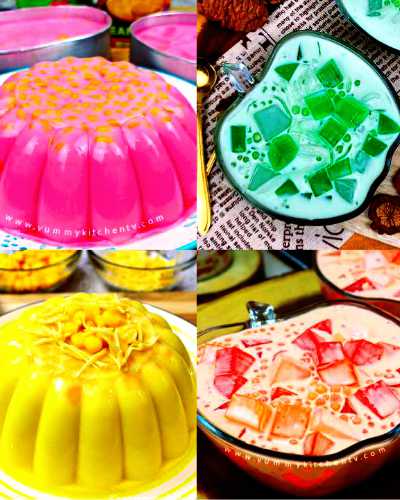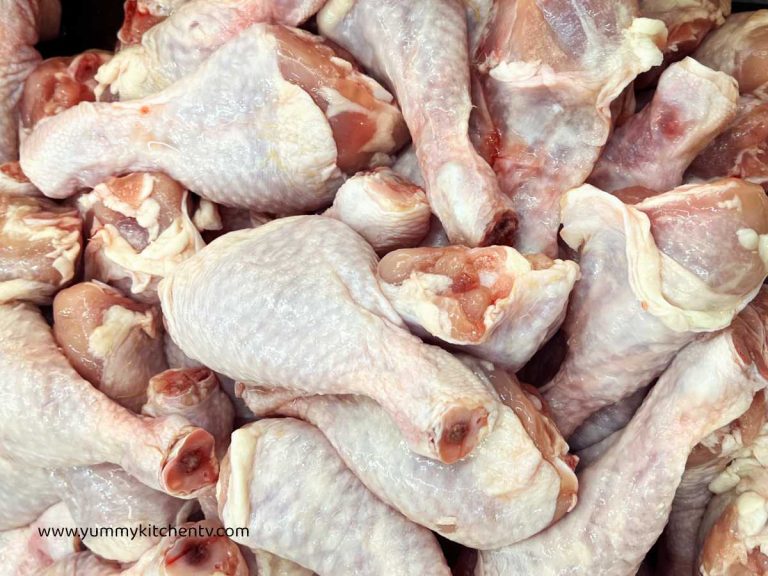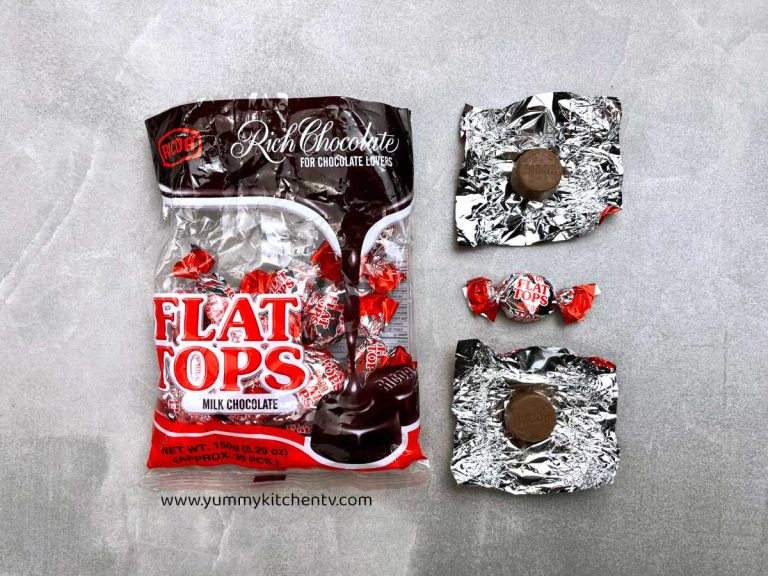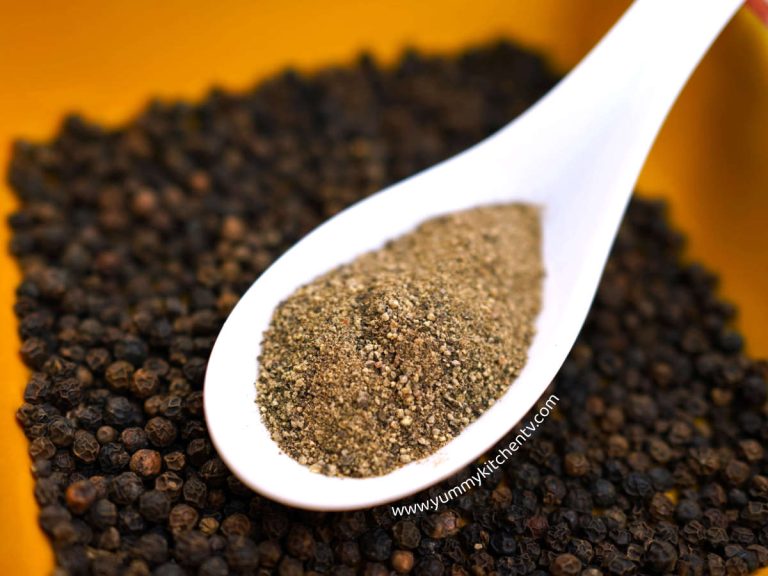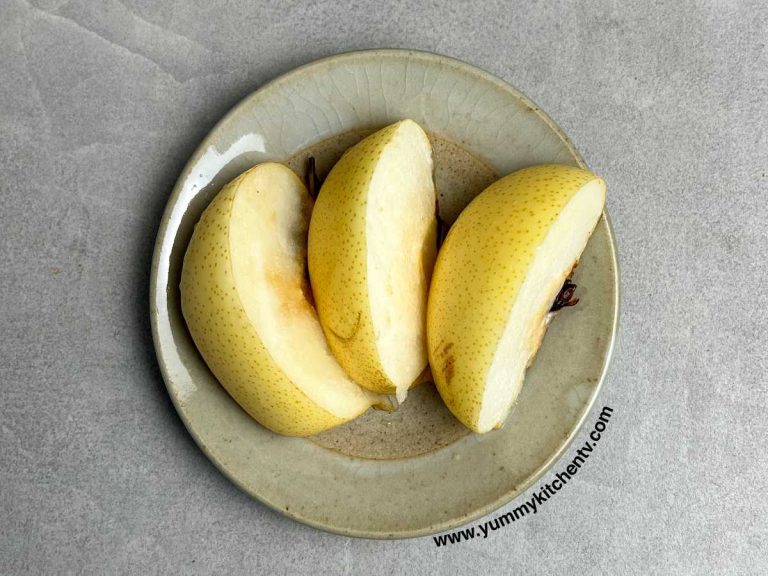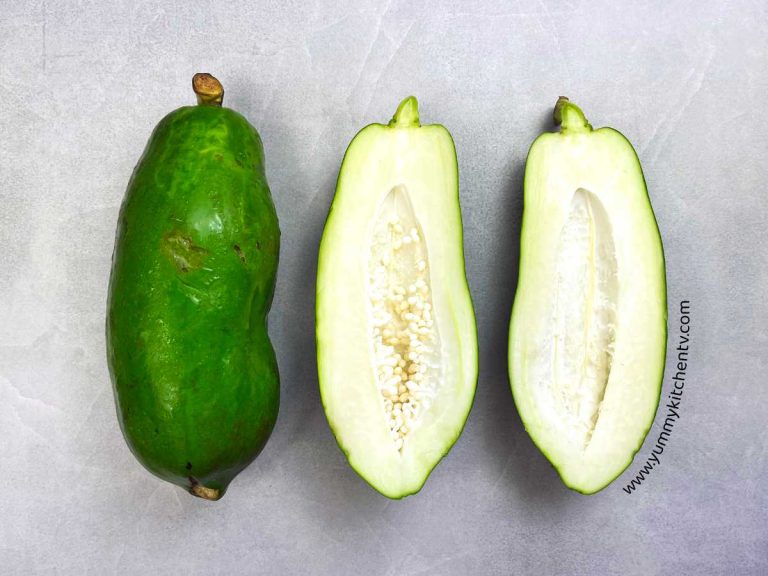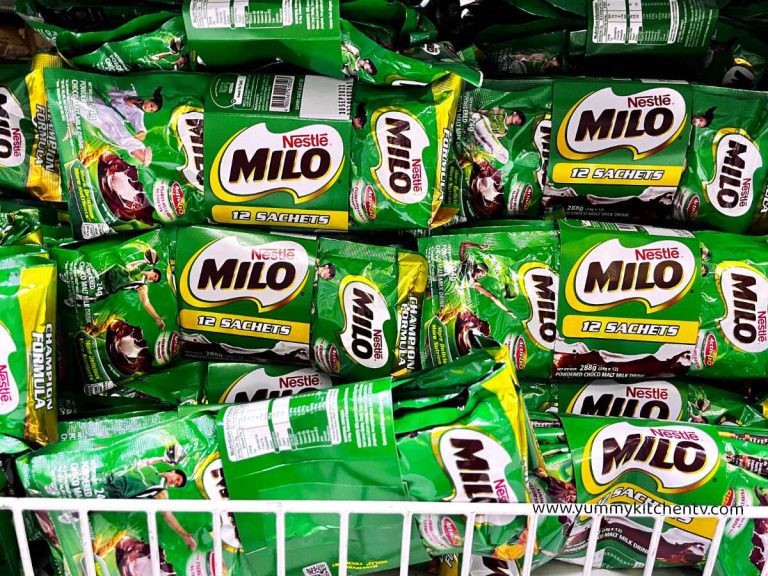Lye Water – What does it do?
Lye water also known as ‘lime water’ or ‘alkaline solution’, is an ingredient made from alkaline water and sodium carbonate (baking soda). A key ingredient that gives dishes that familiar chewy texture that noodles and some breads like pretzels and bagels have, it also adds a yellowish tint. This caustic liquid is only used in small amounts as these can be dangerous if consumed directly or in large volumes. Still it is used in most traditional dishes especially in African and Asian cuisine from cooking vegetables, meat, noodles, in desserts like mooncakes, and many more ways to add texture to a dish. In some cases, these are used to keep the color of vegetables as is when pickled, to soften meat, or add flavor.
A short introduction
What is lye water made of? Is lye safe? A food enhancer made from a mix of alkaline liquid and a potassium carbonate solution or water and sodium hydroxide. This ingredient has many names such as ‘lime water’ or ‘caustic soda’ a strongly alkaline dominated compound made milder for food grade and stronger for non-food grade such as cleaners or soaps. Both to preserve or soften the meat, vegetable, dish, or drainage. What does lye taste like? It tastes a tad acidic and more bitter, most use it for the texture it gives rather than taste, a little goes a long way for this ‘secret’ ingredient.
The first use of this solution was for soaps. Used by the Ancient Romans and Babylonians in 2800 B.C. that accidently found out of its cleaning properties. These were a mix of ash from cooking, animal fats, and water found from the mix of volcanic ash, rain and leftover animal fats during a sacrifice near the river. The land where it happened turned into an area where one would clean. The first solution-sodium hydroxide made and was started and produced by a French chemist by the name of Nicolas LeBlanc during the 1780’s.
Where to buy lye? ( Where to buy lihia ? ) You can find the food grade version in your local grocery stores typically in the baking section, in specialty cooking or baking stores, or online. Do check if it is food grade lye to be sure. These can be named under “Chinese lye water” as well. Popularly used in many cured dishes like olives, pickled vegetables, and pretzels, to other rice based traditional dishes in Asian cuisine, to the forever beloved egg noodles especially cup and instant noodles that many eat on the daily. You’ll also find lye water for baking mooncakes, some dumpling skins, and other Asian pastries to help strengthen the gluten. (Check out Yummy Kitchen recipes down below!)
Lye water benefits
- Adds a slight yellowish tint to the dish or preserved items like noodles.
- It’s great as a preservative to foods, keeping its natural color and crunch.
- It neutralizes and gives the dish a tad of an alkaline taste, a stubble sour and bitter taste.
- Gives a smoother texture and helps meld all the flavors of the dish all together.
- Is it safe to use lye water on food? Yes, these are great to add in dishes in VERY SMALL AMOUNTS. Make sure NOT TO TASTE it directly, it can be tasted when diluted in a lot of water but it is suggested NOT to. These are typically added in small amounts for a whole batch of dishes, but do note the ratio to make sure that this added ingredient is just enough, but not too much.
- There are also non food related Lye water uses such as using lye water for soap, as lye drain cleaner for the kitchen and bathroom, or other drainages.
- Lye Water Side Effects : Is lye water dangerous? A concentrated amount can cause problems. For example: Drinking lye water can cause lye burn when drunk by itself, added in foods in big amounts, even with spilling lye and water on skin.
- Lye water for skin : This can cause second degree burns. Do seek medical attention to a close clinic or hospital as these can look mild but can actually cause big problems in the long run.
How to make lye water from baking soda?
How to make lye solution for food (lye water substitute)? For food grade lye use a ratio of 1:4 being (1) part of baking soda and (4) parts of water. For example, to make a teaspoon of lye is ¼ teaspoon of baking soda mixed with 1 teaspoon of water. If you make too much do just disregard the extra water in the drain. This lye water alternative should be stored in an airtight container once cooled. Also Make sure to not store regular lye water or this alternative in the fridge.
Questions
- What temperature should lye and oil be mixed? Around just a bit over normal body temperature around 100°F or 40°C. just room temperature is also fine.
- What is the best container for mixing lye? You can use any food grade containers like glass, stainless steel, wooden trays or bowls, or food grade/heat resistant plastic similar to rubbermaid. Do not use thin plastic, tin, or aluminum.
- Does lye water expire? Or can I use expired lye water for cooking? This type of water does expire, usually you can use it a year after it’s opened (It is not really recommended using it past the expiration date.) or check the recommended expiry date. Do store it in a dry and cool place/cupboard making sure the cap is sealed tightly.
How is it used in the Philippines?
What is lye water used for? Lihia in English is ” “Lye water“, in Tagalog it has many names from “Lihia” or “Lihia Water” specifically “White Lihiya”, and is sometimes spelled as “Lihiya“. Is used in the Philippines mostly for ‘kakanin dishes’ or rice based dishes, whether from glutinous rice (malagkit rice), glutinous rice flour, or rice flour this special ingredient is added to add a chewy almost elastic texture into the dish. An interesting food additive that is used to tie all the ingredients together in many traditional Filipino dishes like pitchi-pitchi, suman, and the well-known kustinta.
But for some who do not have them on hand might wonder. How to make lye water for kutsinta? For a homemade lihia ingredients list: Some mix a cup of water with 2 teaspoons of baking soda, bring it to a boil, then let it cool down to room temperature before using. You can also check the list above for a better ratio / convertion.
While kutsinta might be a popular use for lihiya other popular traditional dishes from the Philippines that uses this as a ‘special ingredient include: pichi-pichi a delicately sweet and chewy translucent gelatinous dessert made of cassava topped with shredded cheese for a mix of sweet and salty, added into bagels and pretzels to keep it soft and chewy, Chinese moon cakes, and is used in ramen noodles to give its iconic yellow tint and very chewy very bouncy texture. (check out some links to the recipes below)
Try our other Yummy Recipes:
to Beat the Summer Heat


